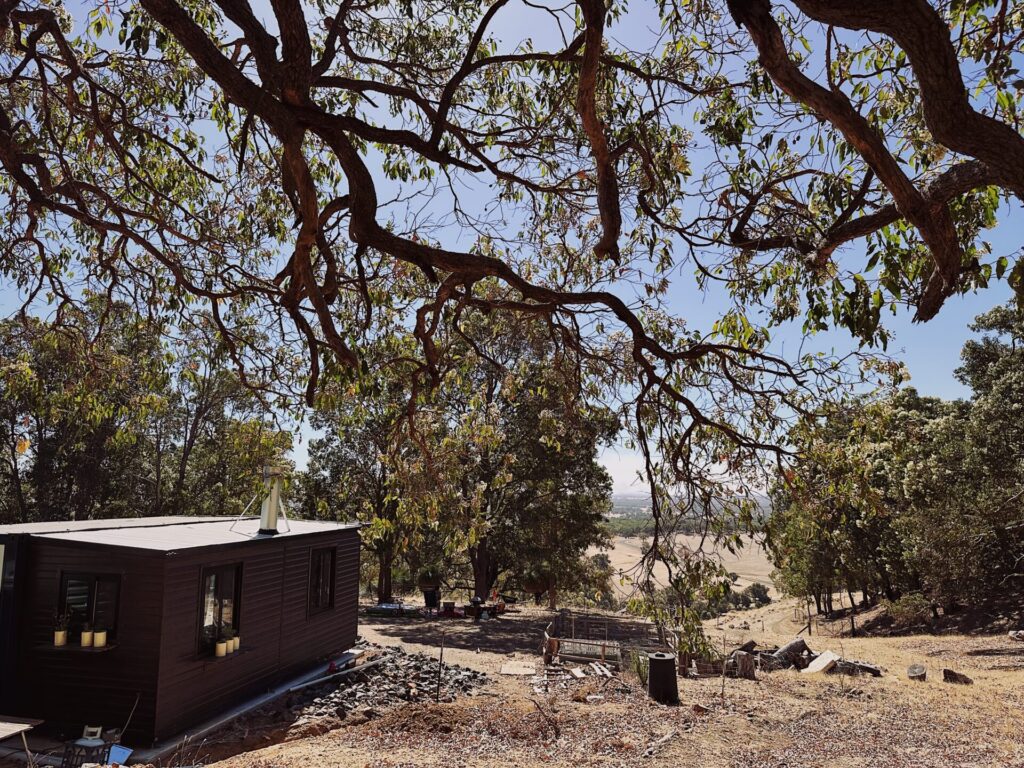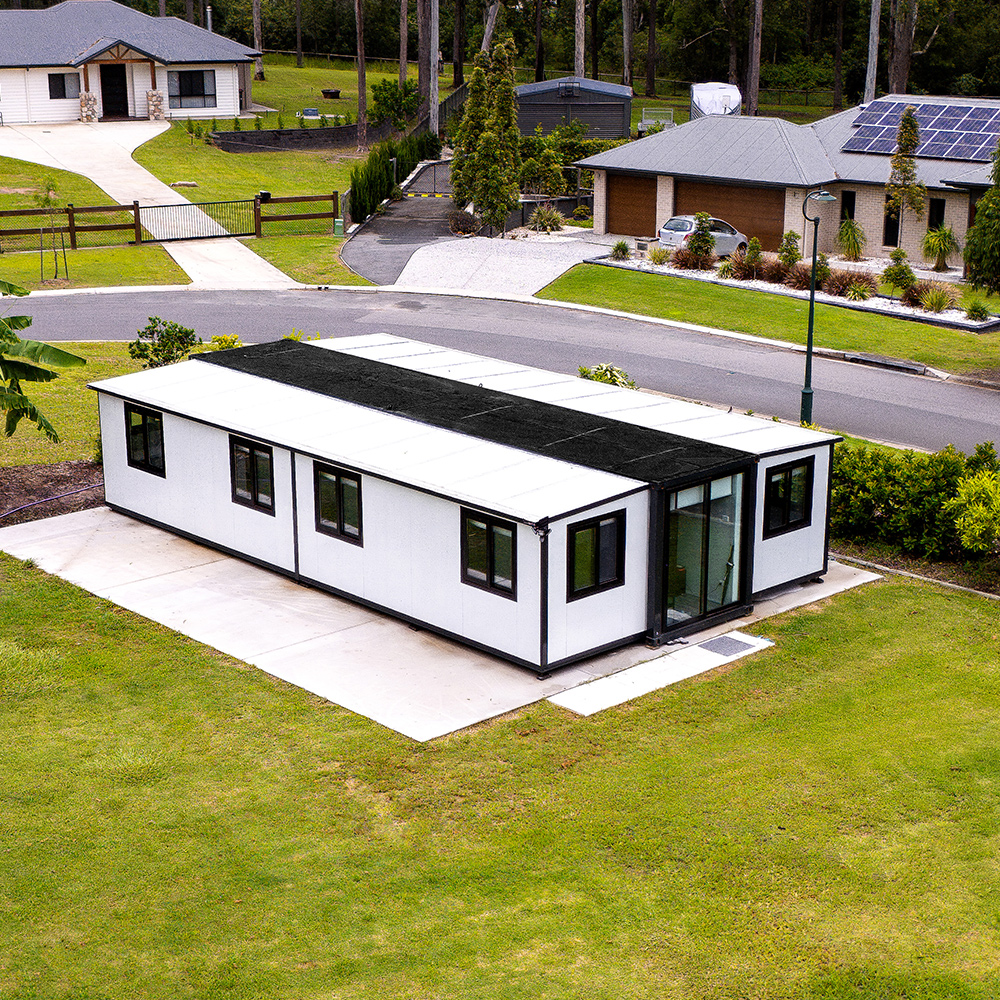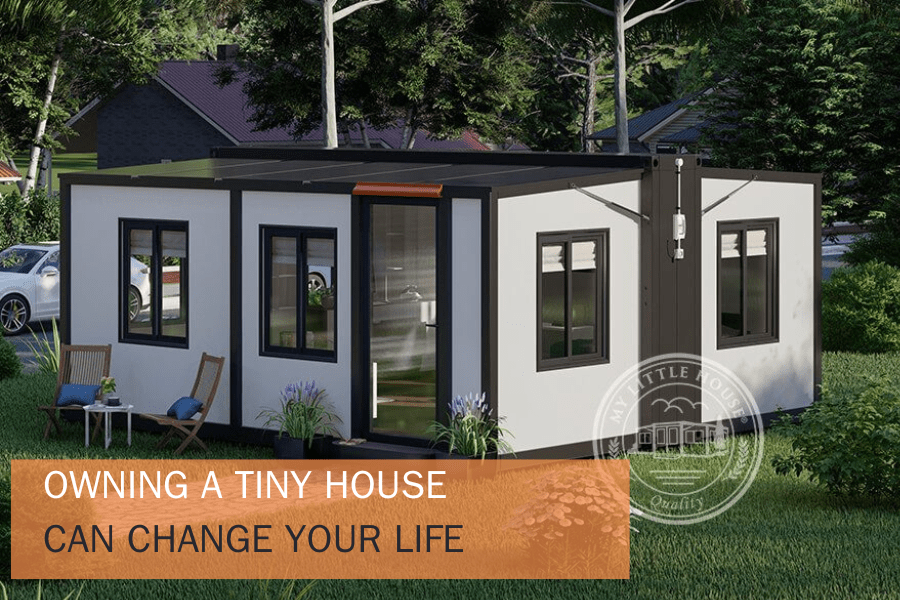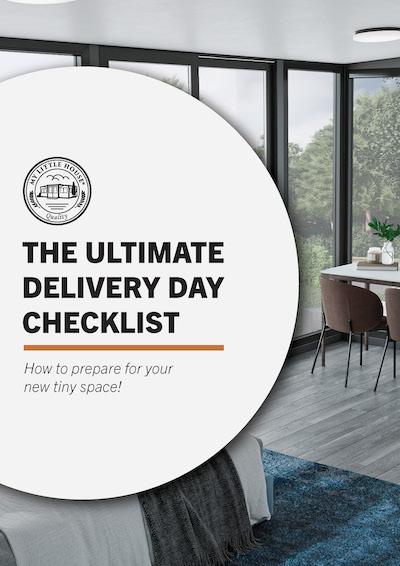Dreaming of escaping the daily grind of the city, and escaping to the countryside? Do you wish for a home that was easy to move, giving you the freedom to roam? What you’re looking for is an off-grid tiny home.
A tiny home will give you the freedom you crave at a fraction of the cost of a traditional house. Plus, it will help you to embrace a more simple and sustainable lifestyle.
The smaller structure of tiny homes means they require fewer materials to construct, run and maintain, leading to significant savings for you. Their small size also makes them easy to relocate, perfect for off-grid living.
In this post, we’re sharing some practical tips for setting up your tiny home to make sure you are fully prepared for off-grid living.
Choose Your Location
Selecting the perfect location for your off-grid tiny home is crucial for a successful off-grid living experience. Consider factors such as climate, accessibility, land regulations, natural resources, and community dynamics. Look for a location with a suitable climate, easy access to essential services, lenient land regulations, abundant natural resources like water and sunlight, and a supportive off-grid community. By evaluating these factors thoughtfully, you’ll set yourself up for a fulfilling and sustainable off-grid lifestyle.
Consider Your Site’s Accessibility
Before diving into the details of off-grid living, ensuring proper access to your chosen site is crucial. Consider factors such as road conditions, terrain, and proximity to essential services like water sources and emergency facilities. Accessible but remote locations provide the perfect blend of seclusion and convenience, allowing you to embrace off-grid living without sacrificing safety or accessibility.
Prepare Your Site
Once you’ve secured access to your off-grid paradise, it’s time to prepare the site for your tiny home. Start by assessing the land for suitability, ensuring it’s level, stable, and free from potential hazards.
Preparing the foundation for your tiny home is important for ensuring its stability and your safety. The most common types of foundations for tiny homes include a concrete slab or pads (footings). Another option is to use stumps, or high-level compacted ground.
Clearing vegetation, installing necessary infrastructure like rainwater collection systems and waste disposal facilities, and establishing a functional layout are essential steps in creating a comfortable and sustainable off-grid living space.
Consider Your Environment
Before finalising your off-grid location, consider its environmental impact and sustainability. Evaluate the ecological footprint of your chosen site and minimise any negative effects on the surrounding ecosystem.
Choose locations with minimal disruption to natural habitats, avoid sensitive ecosystems like wetlands or endangered species habitats, and implement eco-friendly practices such as water conservation, waste reduction, and habitat preservation. By prioritising environmental considerations in your off-grid living journey, you can minimise your ecological footprint and live harmoniously with nature.
Evaluate Your Off-Grid Electricity Options
If you’re planning on being totally off-grid, then you need to have access to your own reliable power source. Think about it, you don’t want to be out in the wilderness and have no power to cook your dinner, or run your lights.
One option for powering your tiny home when off-grid is to go solar. For example, you can install solar panels on your tiny home’s roof, or use a solar cabinet or solar trailer. Solar power is perfect for a sustainable and eco-conscious tiny home.
Plan Your Off-Grid Waste Management
Before heading off-grid, you also need to consider your toileting options. Generally, the easiest options are a composting toilet or portable septic tank. However, these will require manual emptying when full.
Another option is an incineration toilet, which burns waste at high temperatures, leaving only a small amount of ash behind. They’re an odourless option that requires little maintenance, but are more expensive than composting options.
Prepare Your Water Supply
Water supply and management are vital for off-grid living. Rainwater harvesting systems with adequate storage tanks can provide a sustainable water source. If rainwater is insufficient, drilling a well or using a natural spring can be alternative sources.
Ensure your water is safe for consumption by installing filtration systems. Water conservation measures like low-flow fixtures and greywater systems can help reduce water usage and recycle water for irrigation.
Insulate Your Tiny Home
Insulation is important for keeping your tiny home cool in summer and warm in winter. One option is to wrap your tiny home with external insulation, like our Exo-cladding. This not only increases its thermal efficiency and decreases noise transmission, but also upgrades the aesthetic of your tiny home.
Light Your Tiny Home
Lighting plays a significant role in off-grid living, illuminating your tiny home and enhancing your overall comfort and safety. Opt for LED lighting fixtures, which consume significantly less energy than traditional incandescent bulbs and have a longer lifespan. Consider installing dimmer switches and motion sensors to further reduce energy consumption and customise your lighting experience. Additionally, harness natural light through strategically placed windows, skylights, and solar tubes to minimise reliance on artificial lighting during daylight hours.
Select Your Appliances
In the world of off-grid living, every watt counts. Opting for energy-efficient appliances is key to minimising your energy consumption and maximising the efficiency of your off-grid power system. Choose appliances with high Energy Star ratings and low power consumption to reduce your reliance on solar or wind-generated electricity. From refrigerators and stoves to washing machines and water heaters, investing in energy-efficient appliances will pay dividends in the long run, both for your wallet and the environment.
Plan Your Off-Grid Rubbish Removal
Proper rubbish management is essential for maintaining a clean and sustainable off-grid living environment. Implement a comprehensive waste management system that includes recycling, composting, and responsible disposal of non-recyclable materials. Invest in durable, reusable containers for storing and sorting waste, and designate specific areas for composting organic matter and recycling paper, plastic, glass, and metal. By minimising waste and maximising recycling and composting efforts, you’ll reduce your environmental impact and create a healthier living space for yourself and future generations.
Consider Your Long-Term Plans
Look beyond the present and assess the long-term sustainability of your chosen off-grid location. Consider factors such as climate change projections, resource depletion, and ecosystem health to gauge the area’s resilience and adaptability to future challenges. Evaluate the availability of renewable resources, such as water and energy, and explore sustainable land management practices to minimise environmental impact and preserve natural ecosystems. By prioritising safety, security, and long-term sustainability, you’ll ensure a resilient and enduring off-grid living experience in your tiny home.
Ready to Start Your Tiny Home Journey?
Explore one of Australia’s largest range of tiny homes, tailored to suit your unique lifestyle. Shop our extensive range online, or visit our showroom today.
If you’ve got questions about tiny homes, don’t hesitate to reach out to our friendly team. They are more than happy to find a tiny home solution that suits you.



